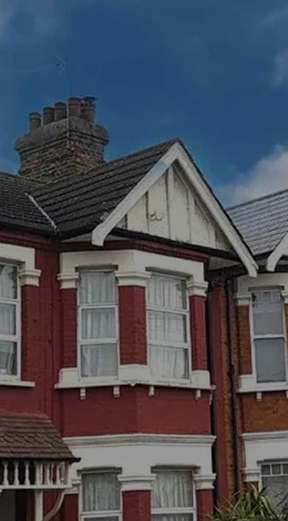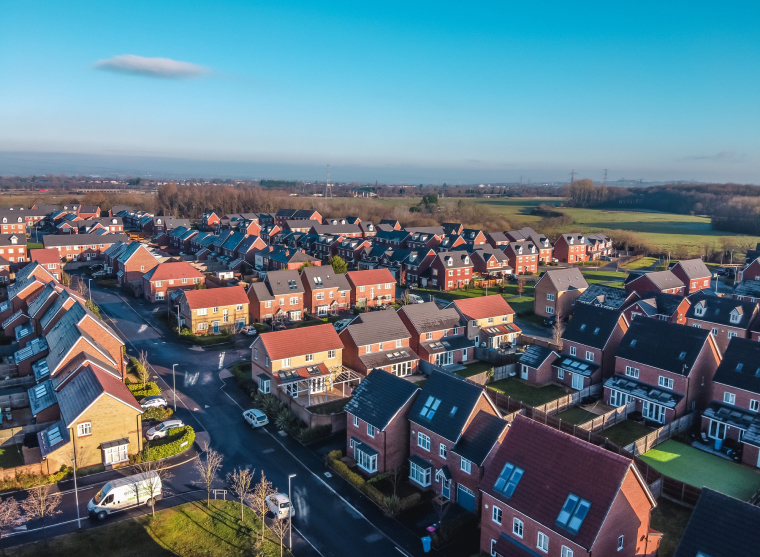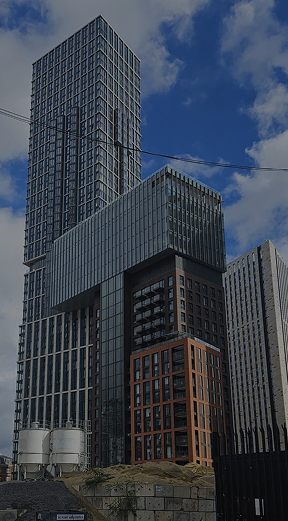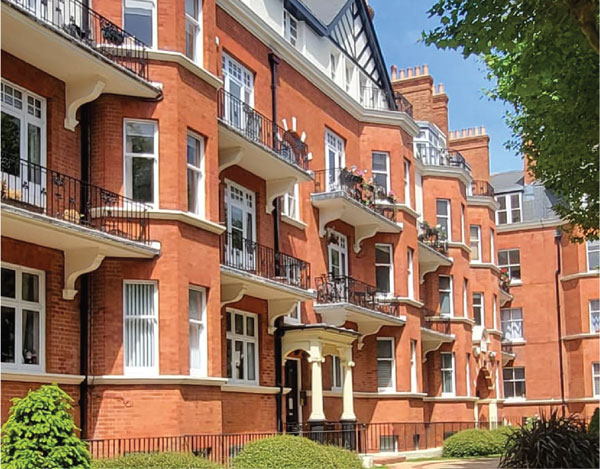What are the legal tests under the Defective Premises Act?
To succeed in such a claim, a claimant must show in particular that the defects being complained of render the dwelling or building ‘unfit for habitation’.
This ‘unfit for habitation’ test is a relatively high hurdle to surmount and the test has not to date really been explored in Court in the context of fire defects. Case law to date shows that ‘unfit for habitation’ means that the dwelling is not capable of being occupied without risk to the safety or health of occupants and without undue inconvenience or discomfort to the occupants. Whilst many fire safety defects by their very nature represent a risk to the safety or health of occupants, it remains to be seen whether defendants can argue that mitigating steps or early warning systems such as a “waking watch” or "installing a fire alarm" mean that the test is not met. That sais, there is case law does, that suggests that non-compliance with Building Regulations may also indicate that a dwelling is "likely" to be unfit for habitation. Again, this may assist residents and owners, as many fire-safety defects are breaches of Building Regulations.
Social
Valuation Services provided by Ringley's Valuation Team
Block Management Packages
Legal Services provided by Ringley Law
Building Surveying Services
Meet our Expert Property Commentators
What are the legal tests under the Defective Premises Act?
To succeed in such a claim, a claimant must show in particular that the defects being complained of render the dwelling or building ‘unfit for habitation’.
This ‘unfit for habitation’ test is a relatively high hurdle to surmount and the test has not to date really been explored in Court in the context of fire defects. Case law to date shows that ‘unfit for habitation’ means that the dwelling is not capable of being occupied without risk to the safety or health of occupants and without undue inconvenience or discomfort to the occupants. Whilst many fire safety defects by their very nature represent a risk to the safety or health of occupants, it remains to be seen whether defendants can argue that mitigating steps or early warning systems such as a “waking watch” or "installing a fire alarm" mean that the test is not met. That sais, there is case law does, that suggests that non-compliance with Building Regulations may also indicate that a dwelling is "likely" to be unfit for habitation. Again, this may assist residents and owners, as many fire-safety defects are breaches of Building Regulations.
Valuation Services provided by The Ringley Group
Meet our Expert Property Commentators























































